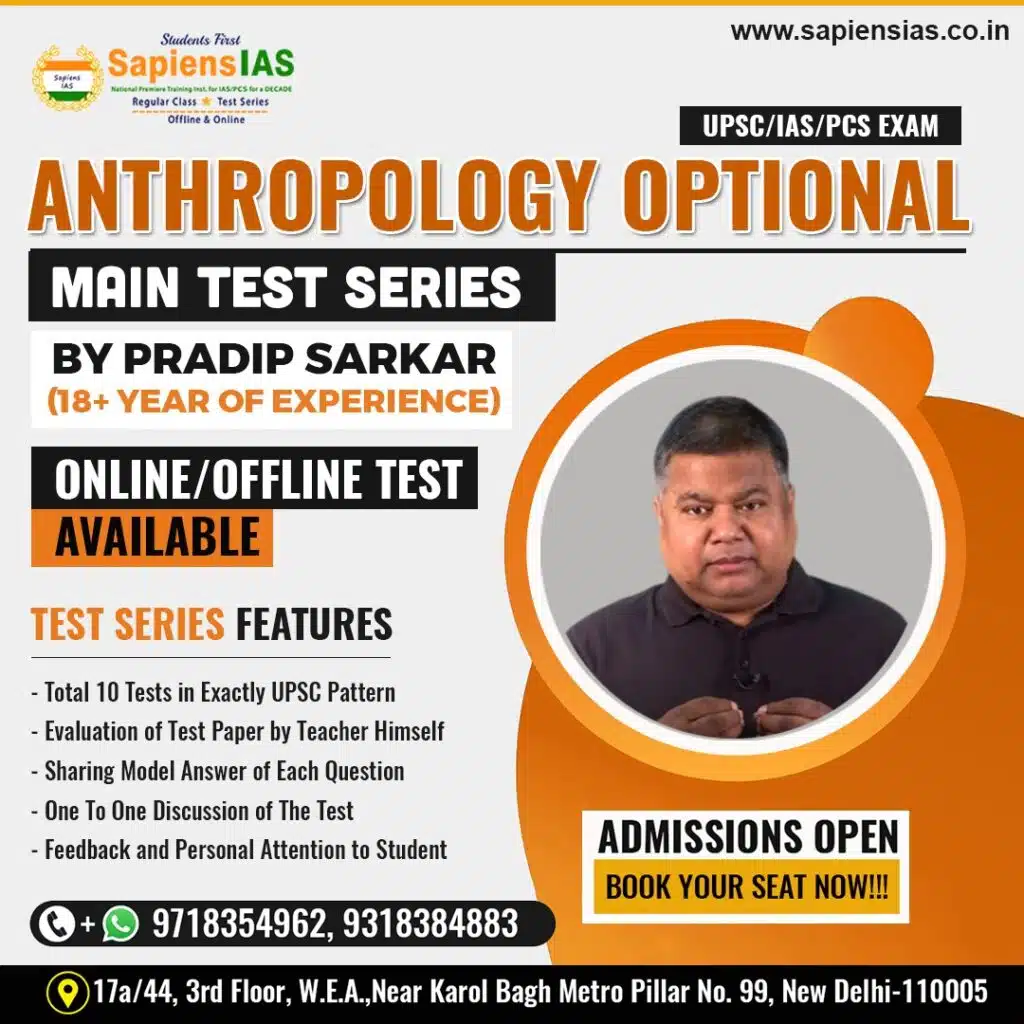Civil Servants. Union Public Service Commission (UPSC) conducts Civil Services Examination (CSE) in two stages i.e., Prelims and Mains followed by Personal Interview. Prelims have two papers GS I and GS II for 200 marks each. GS II also known as Civil Services Aptitude Test (CSAT) is a qualifying exam for prelims with a cutoff of 33%.
Table of Contents
Toggle| Paper | Pattern | Maximum Marks | Time Allotted |
| GS I |
|
200 Marks | 2 Hours |
| GS II(CSAT) |
|
200 Marks | 2 Hours |
What is Civil Services Aptitude Test (CSAT)?
CSAT or GS II is the second paper of the Prelim exam that was introduced in the year 2011. Intention to introduce CSAT was to check candidates’ general knowledge as well as aptitude skills. This paper mainly covers the following subjects:- Quantitative Ability
- Verbal Ability and Reading comprehension
- Reasoning
- Data Interpretations
Techniques to Prepare for CSAT
- The first step to prepare for CSAT is making a study planner where one must spend three hours daily on CSAT preparation.
- Next step is SWOT analysis and hence allotting time to each subject as per area of weakness and strength.
- Know the CSAT Syllabus.
- Quantitative Ability can be aced by understanding basic mathematical concepts chapters and hence taking up small tests or quizzes.
- Cover topics as per marks weightage and number of questions asked from a topic by knowing CSAT Syllabus.
- Verbal Ability and Reading Comprehension requires a strong grip on vocabulary and grammar hence one must be thorough with the rules and solve tests regularly.
- Also spending one hour daily for reading newspaper, magazines or journal and listening to All India Radio does not only prepare one for RC but also keeps them updated with Current Events.
- Data Interpretation is one of the easy and scoring subjects but at the same time consuming as well. It needs hands-on topics live Average, Percentage, Ratio, and Proportion, etc.
- Questions asked in DI are mainly based on bar graphs, pie charts, line graphs, etc., hence one must know to read these graphs and charts to solve questions at a great speed.
- Reasoning whereas checks aspirant’s logical and analytical skills can be a tricky subject. This requires critical thinking to come to a conclusion and pick the correct option.
- It mainly covers topics like blood relation, seating arrangement, syllogism, series completion, coding-decoding, etc. Solving tests frequently is very necessary to ace this section of CSAT.
- One of the best methods to prepare for this section is taking up online quizzes and tests. Having applications on a smartphone can provide some questions to solve while on the move.
Reference Materials and Books
- Must Read: Analytical Reasoning: M K Pandey (for Logical & Analytical Reasoning)
- RS Aggarwal books on Verbal/Logical Reasoning, Aptitude and reading comprehension.
- Quantitative Aptitude By Arun Sharma ( TMH): Selected Topics (Easy & Medium difficulty level)
- Reading Comprehension by Arun Sharma (TMH): Selected Topics
If ignored, CSAT can prove to a be Achilles’ heel in qualifying CSE. A proper study plan along with a good mentorship can help aspirants achieve their targets with ease. Also one must engage themselves in extracurricular activities from time to time to maintain a mental calm. With this success is sure to come along!







